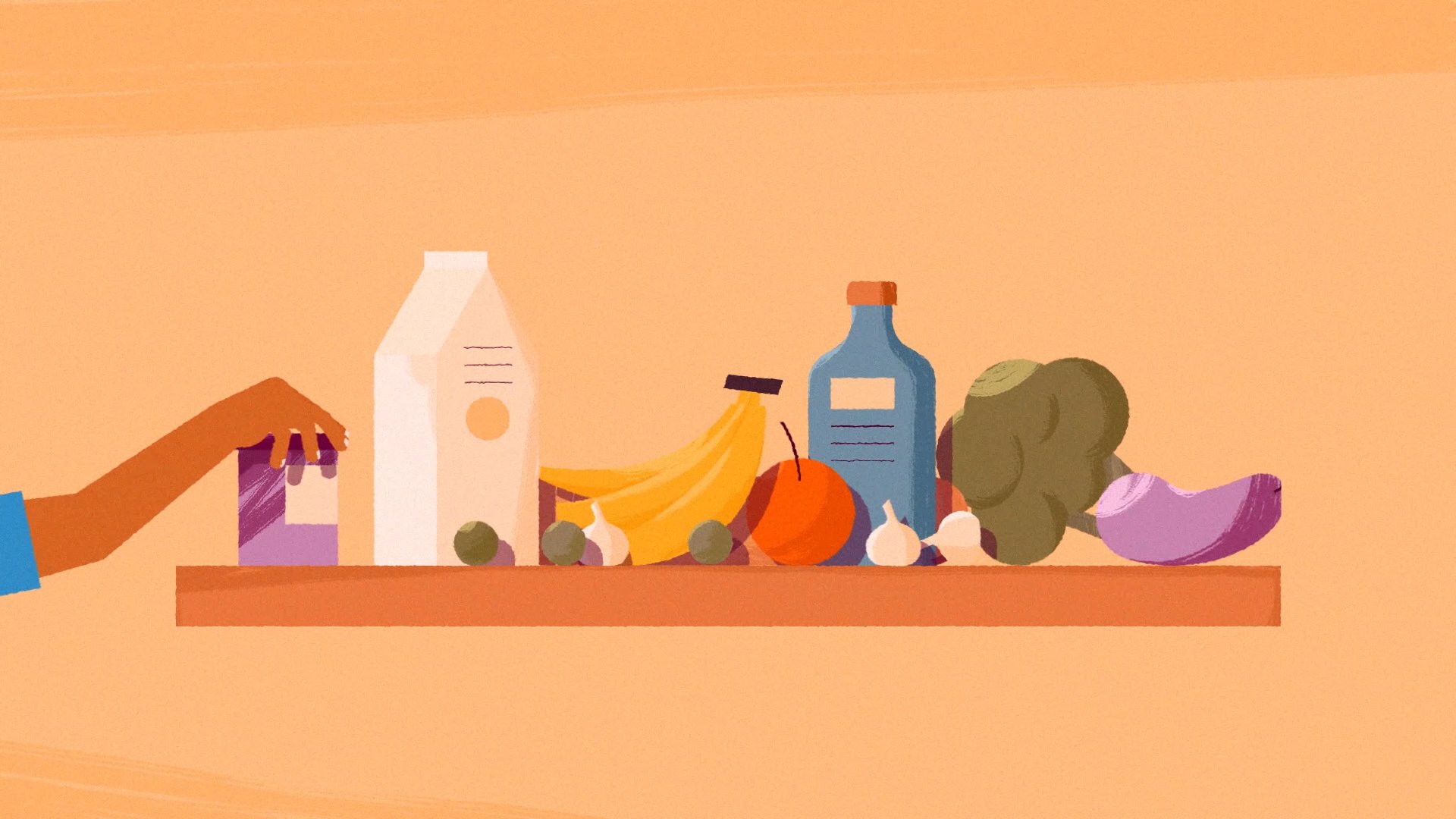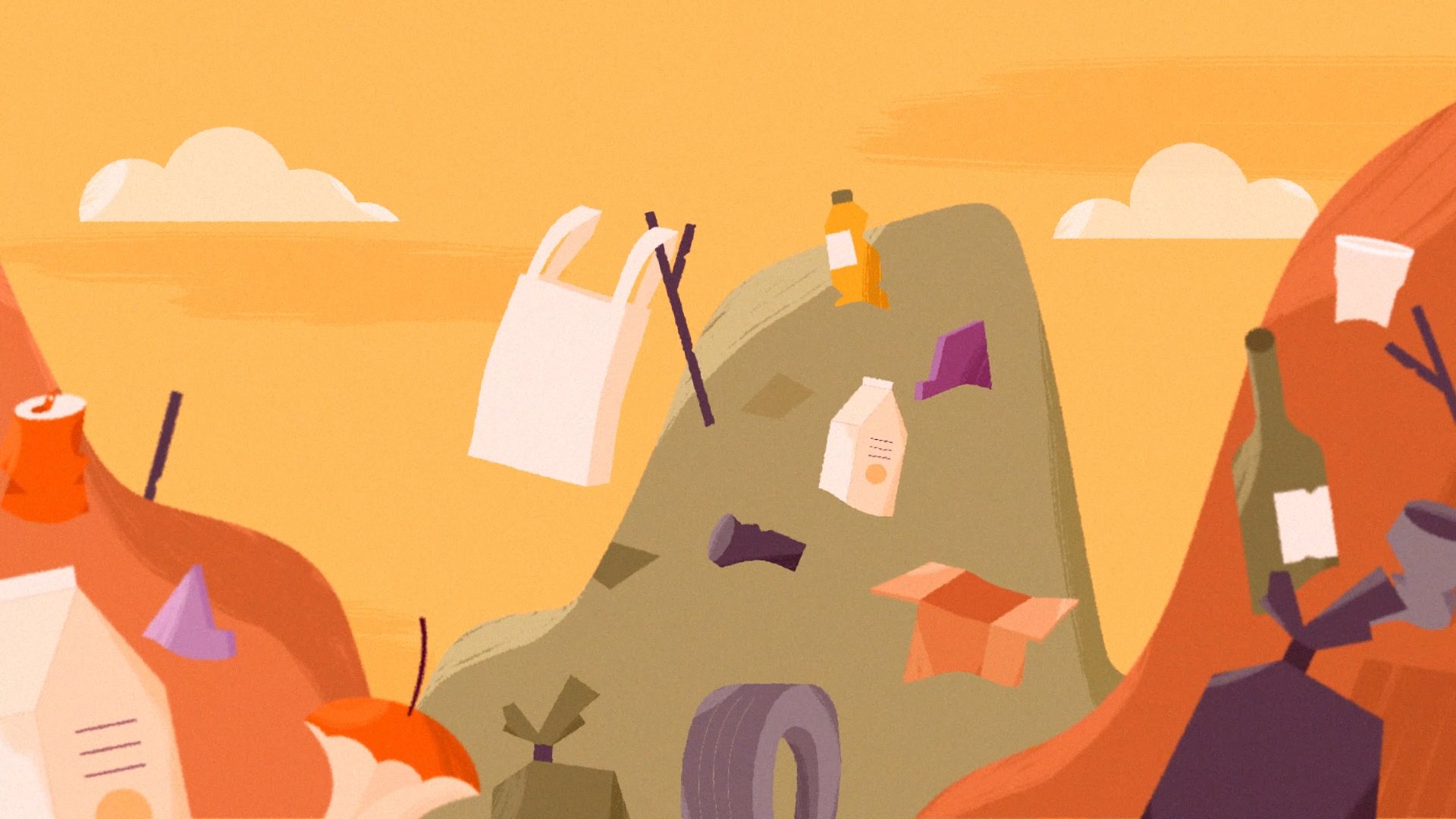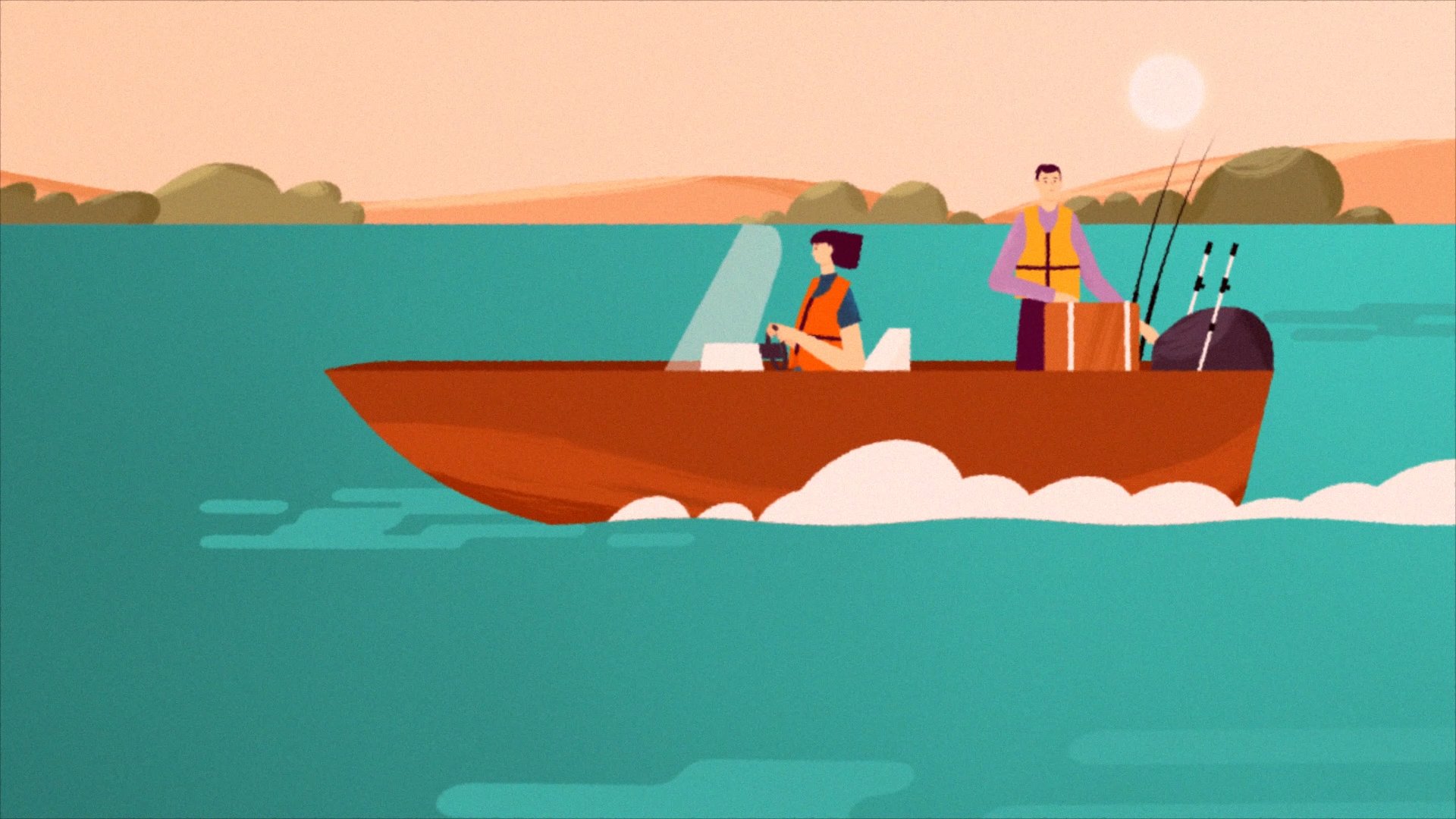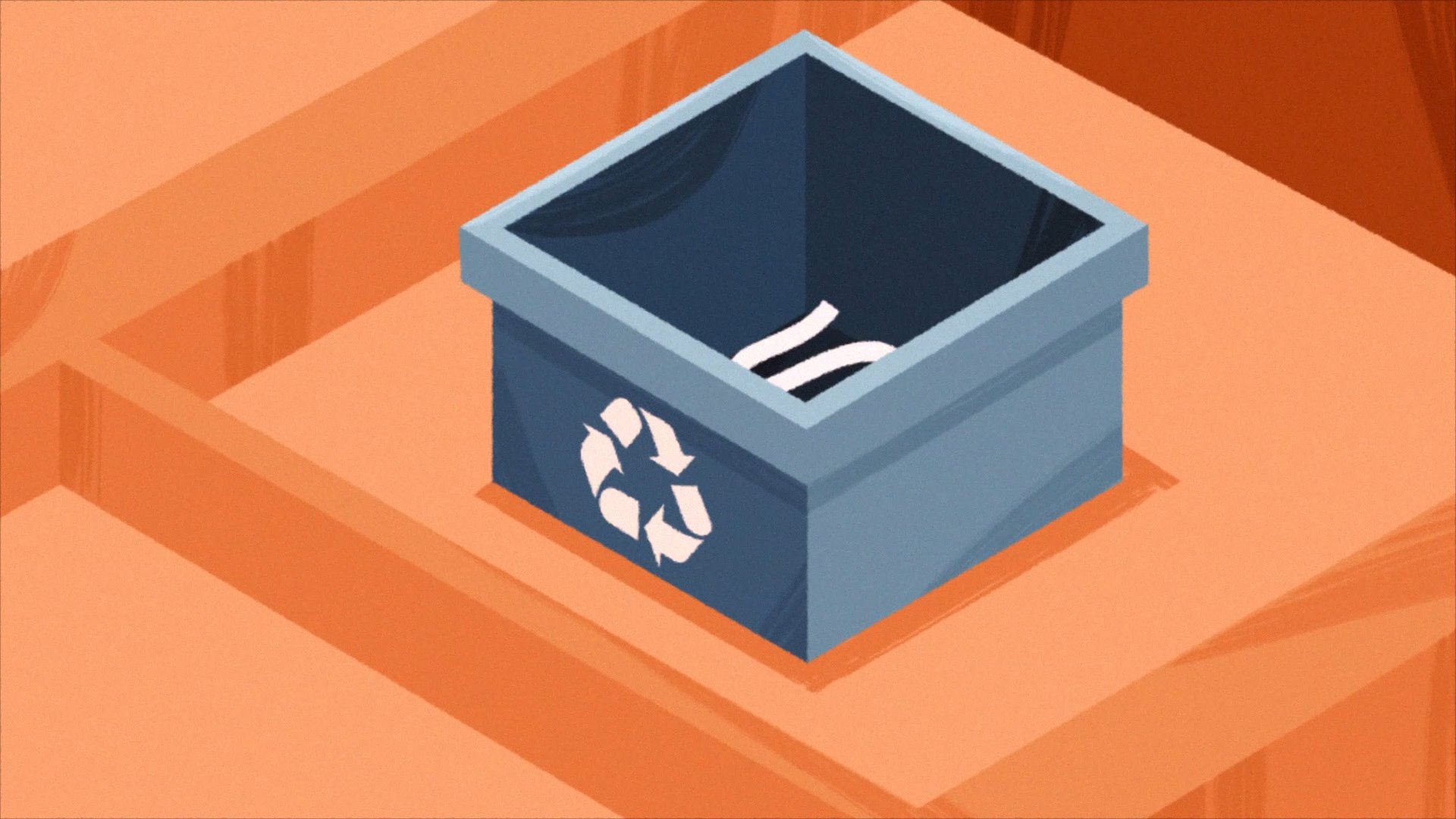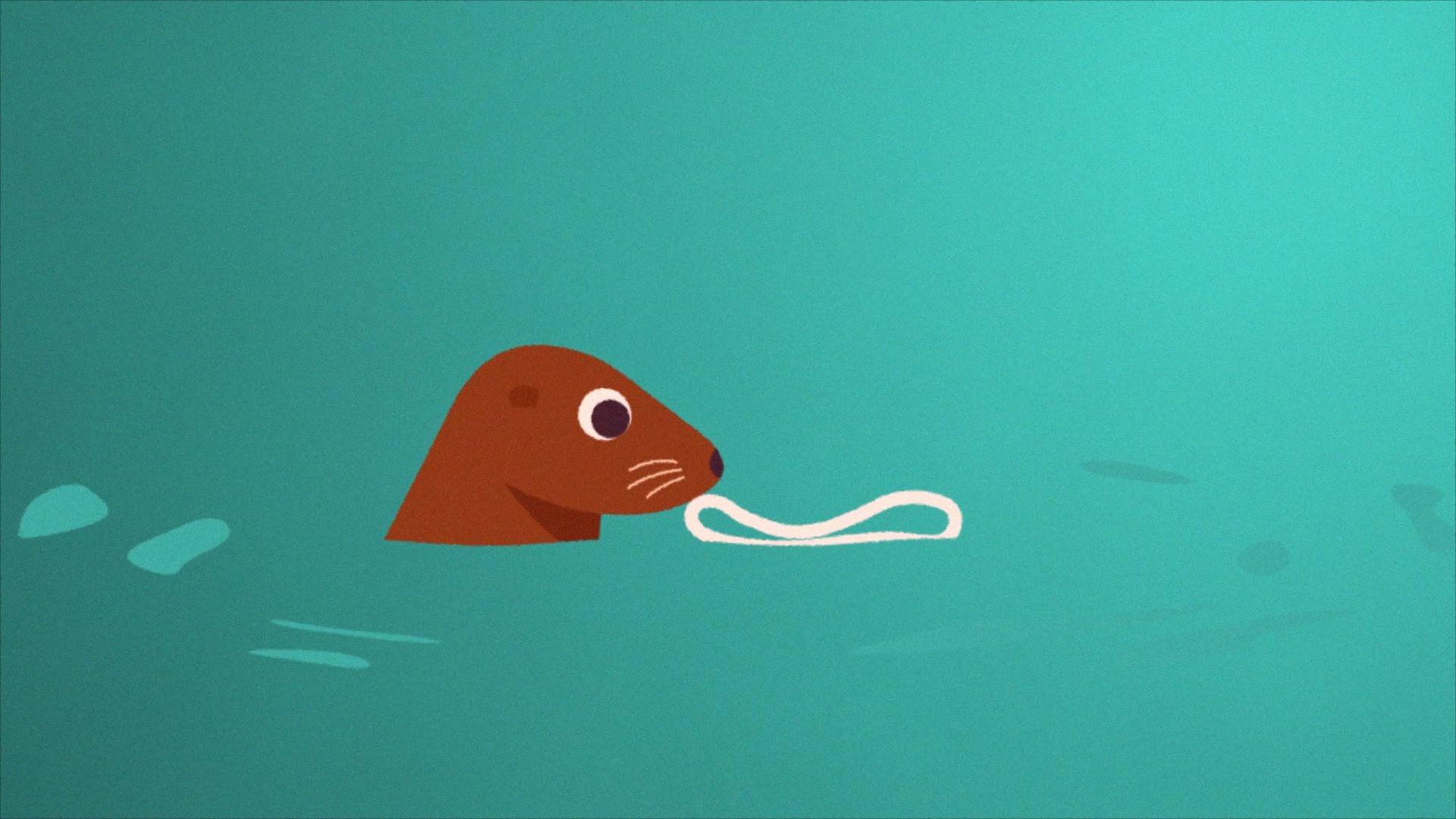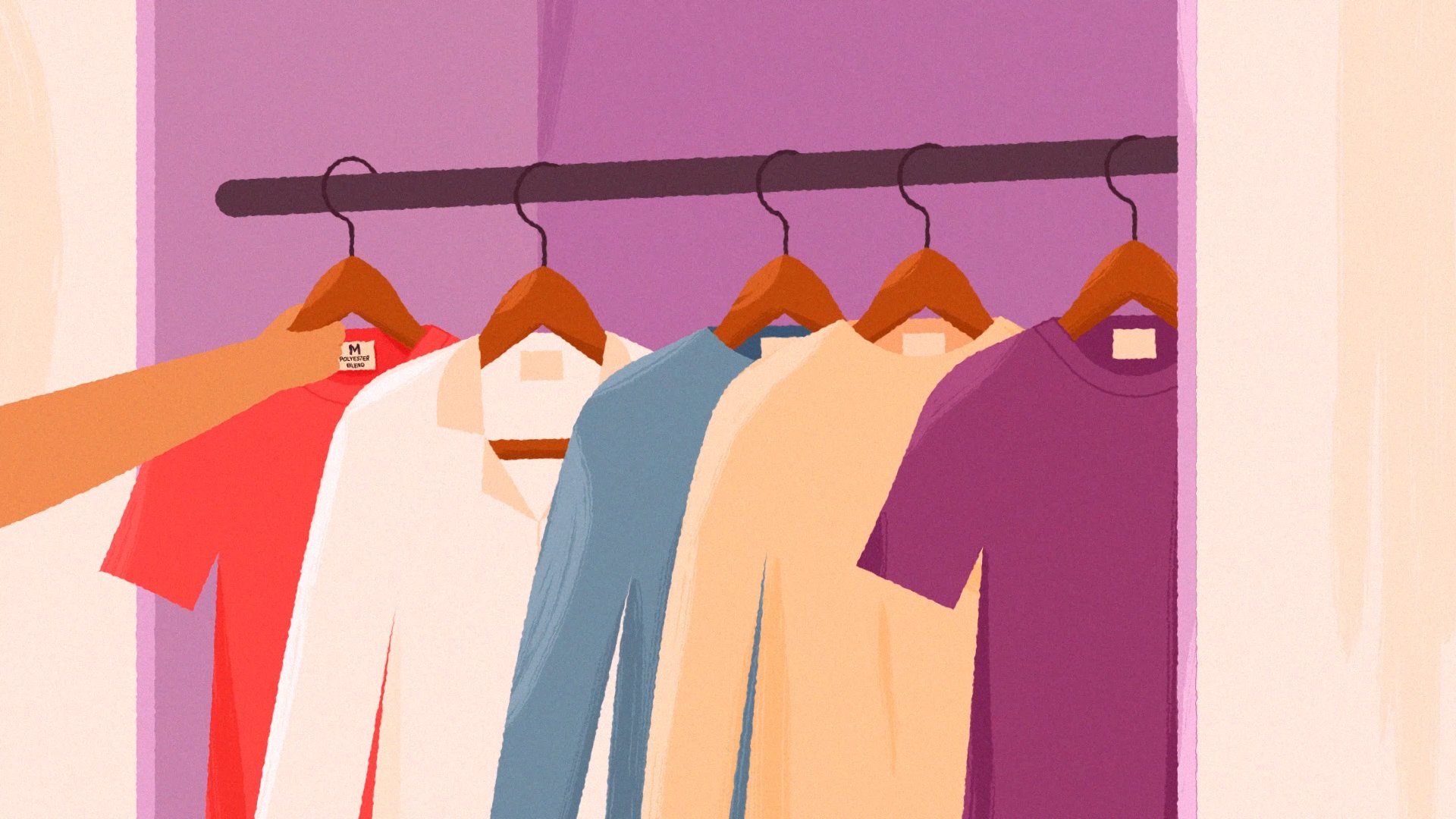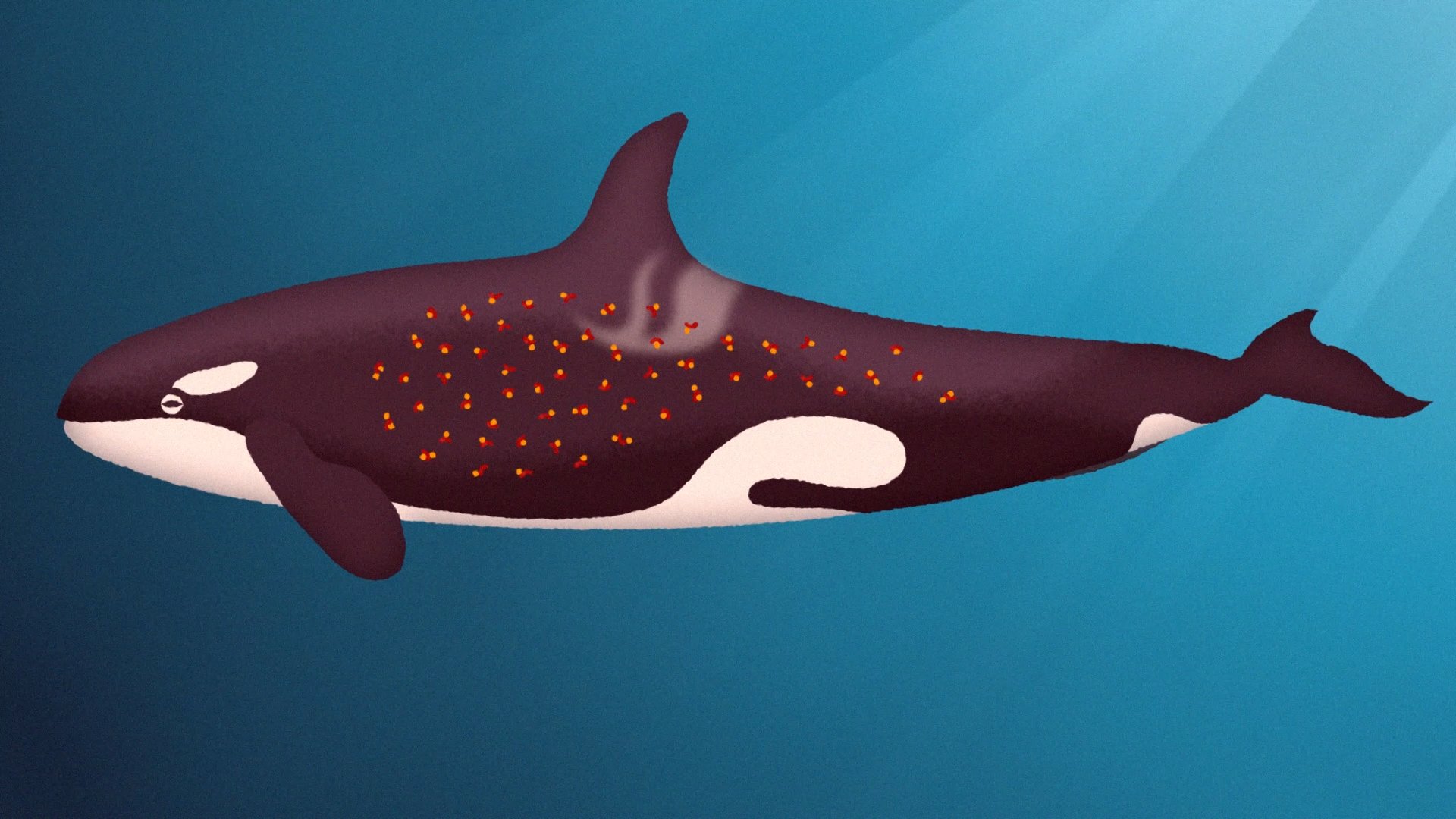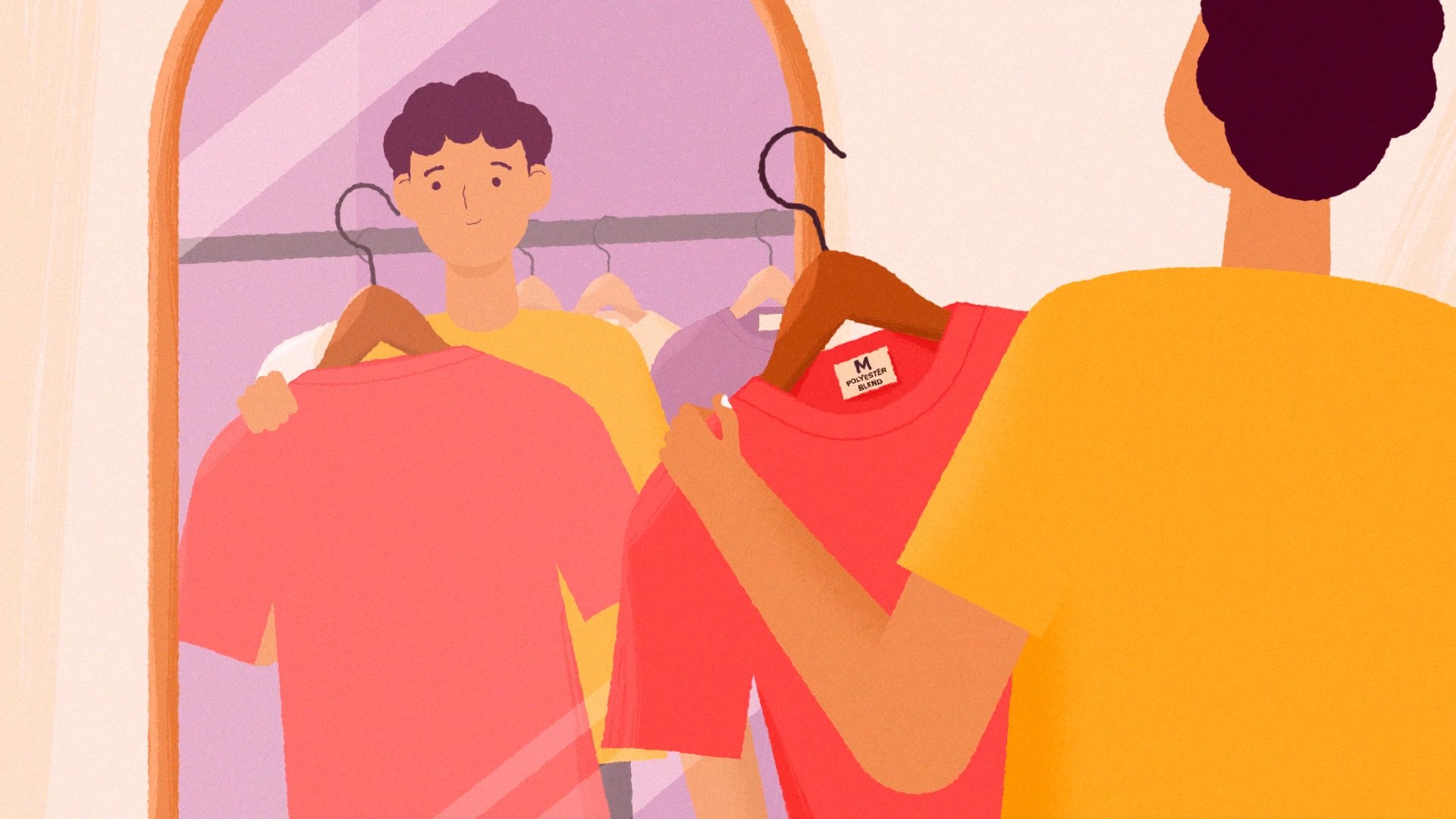Everyday choices for everyday solutions.
Together, let’s create an Ocean of Good.
The Marine Education and Research Society is launching “An Ocean of Good '' campaign to highlight the issue of plastics in the marine environment and to motivate individuals to take action to reduce this threat. The tone of the campaign is hopeful and empowering, using simple language and suggesting solutions that are actionable and manageable for most.
The campaign uses three animations, a website, traditional media and social media to highlight the issue, create a call-to-action, and further amplify the work of scientists and organizations that work in this field. While the issue of plastics in the ocean is not new, a goal of this campaign is to reignite the public’s engagement in the issue and commitment to personal “everyday choices for everyday solutions'' which may have wavered during the Covid-19 pandemic because disposable, single-use items became more commonplace.
CREDITS
Client: Marine Education and Research Society
Script: Miriam Mortimer
Sound Design: Parlante Sound
Direction and Animation: Tisha Deb Pillai
Produced by Good Bad Habits
Reduce plastic microfibre pollution.
Plastic microfibers come from clothing (and other fabric items) made of synthetic materials like polyester, acrylic, nylon, rayon, and spandex. Once they’re released into the environment (mainly as the result of machine washing and drying), they attract toxins and build up in the food web, causing harm to wildlife and humans.
Help reduce entanglement in plastics.
Plastic ropes, nets, buoys, and packaging materials make up a huge proportion of the debris on British Columbia’s coast. These plastics can lead to entanglements that choke animals, cause them to drown, create infections, and limit their ability to feed or move properly. Because plastics break down so slowly, the entanglement can become more severe as the animal grows. In fact, the same piece of plastic could debilitate or kill multiple animals.


